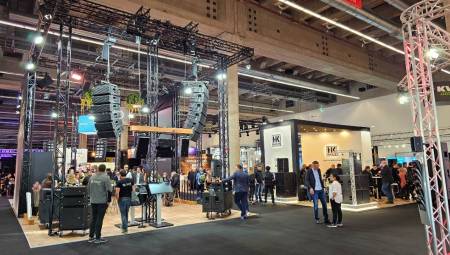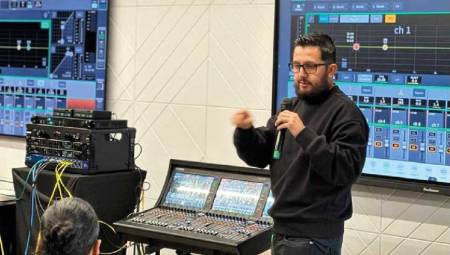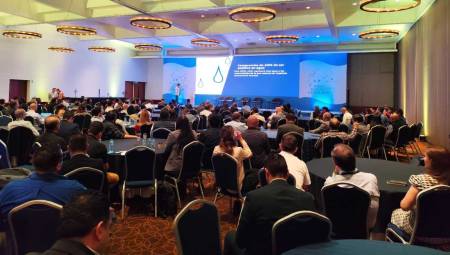 International. Philips and the City of San Jose officially announced a project to test 50 Philips SmartPoles, which unites the energy-efficient LED lighting and integrates Ericsson's 4G LTE wireless technology.
International. Philips and the City of San Jose officially announced a project to test 50 Philips SmartPoles, which unites the energy-efficient LED lighting and integrates Ericsson's 4G LTE wireless technology.
This trial began through the City's Partnership and Demonstration Policy, which was established to support the Economic Development Strategy and City operations. The pilot partnership will also help test the technology needed to transform San Jose's smart city so it can save energy, have streets brighter at night and respond to the changing needs of residents.
The 50 Philips SmartPoles, together with 750 Philips RoadFocus LED luminaires, are connected through a system in which they can be controlled wirelessly to modify the lighting and adapt it to the needs of the city.
The installation of the LED luminaires is aligned with San Jose's Vision Zero Street lighting goal, which focuses on providing safe nights by renewing street lighting, so that it is brighter and provides greater energy efficiency with "white" LED light. The new Philips SmartPole accessories are 50 percent more efficient than conventional street lighting.
For this implementation, Philips collaborated with utility company PG&E and its measurement engineering team over an unprecedented 90-day period where they developed, designed, tested, certified and installed a specialized bilateral communication meter, which they placed on top of the SmartPole.
This new meter detects the amount of electricity used by the wireless network and transmits the data sent directly to PG&E. The new meter clears dense urban areas by eliminating meters on separate pedestals that are normally installed on one side of any equipment that uses electricity.
Philips SmartPoles enable efficient 4G/LTE mobile wireless connectivity. Ericsson's small cell technology housed on the poles offers increased data capacity on the mobile network ensuring that citizens have better data coverage. Philips SmartPoles were specifically designed and tested to accept FCC licenses for wireless equipment from the mobile network operator.
For mobile network operators, this innovation offers new possibilities for finding the right place. That also helps scale the deployment of wireless 4G/LTE infrastructure beyond traditional sites. As a result, operators can improve data coverage and the ability of citizens, businesses and visitors so that there is no more signal loss.















